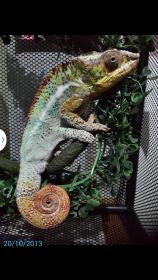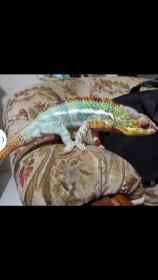Hi..im new on having chammy...I just have my first chammeleon for 1 week...so still need to find more I formation about it. Please tell me what kind of my chameleon. I've read that there's so many sub species like ambanja, ambiloves, sambavas, etc... what is their difference? How to tell the difference by loom?
Thanks
Thanks







